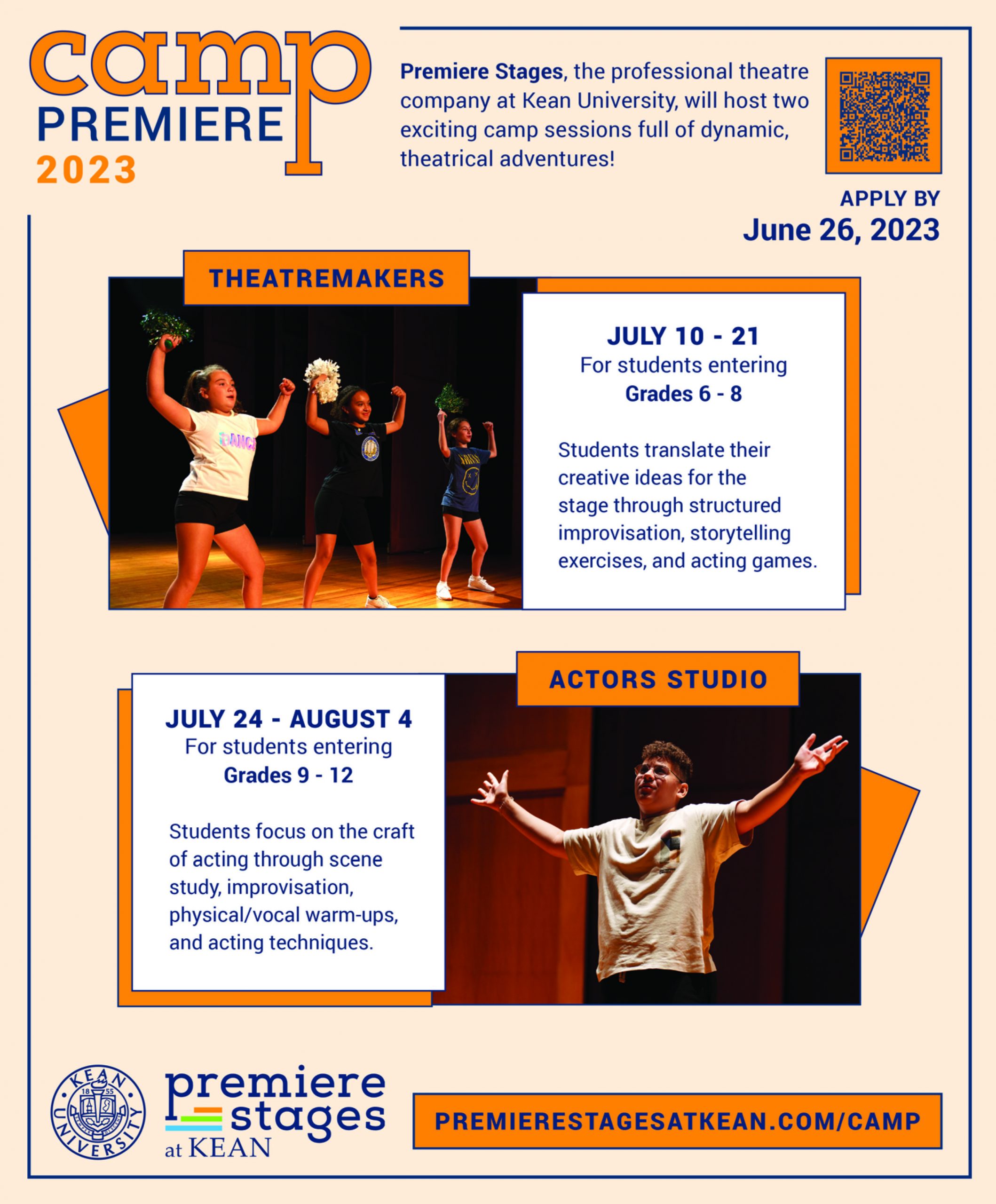It’s never just the destination. It’s always the journey.
As a child growing up in León, Mexico, I often imagined what life in the United States might be like—riding yellow school buses and eating peanut butter sandwiches for lunch, just like they did in the movies. My parents were college graduates. My mother had a degree in textile design and my father owned a company that made machinery for the leather manufacturing industry. We had never struggled, never had to move.

All photos courtesy of Andrea Pons and Princeton Architectural Press
A recession in Mexico in the early 2000s changed all of that. I sensed my parents were dealing with money troubles even though no one mentioned it. One day, debt collectors came and removed beautiful pieces of furniture from our home. I remember my nanny yelling at them to get a job that didn’t ruin people’s lives.
Soon after, we boarded a flight to the Pacific Northwest, where a family friend had put down roots five years earlier. And we began a new life. My mother worked as a house cleaner and my father labored in construction to support our family while they negotiated a path through an immigration process that was so long and so complicated that their visas expired, leaving them in legal limbo. When people asked about my legal status, I would lie and say I had a green card. At school, kids Fast-forward to 2018, three months after my twenty-fourth birthday, I found myself single, divorced, and living alone. That summer, I was sicker than I’d ever been, fighting illness after illness and stomach aches from constant stress. My body and self had diverged. I no longer wanted to feel disconnected, so I started cooking at home. The food I made offered a new identity, creating a path that led me back to myself as a Mexican immigrant. With no one to tell me what I could and couldn’t cook, I started to make the dishes that I missed from my childhood. It was a chance to rediscover my heritage and an opportunity to heal. Cooking these dishes was an act of self-love for the part of myself whose country said I was never enough and could never fit in.
The recipes in this story remind me of home. My childhood home and, now, my new home. They are among the many that I collected and published in a book entitled Mamacita: Recipes Celebrating Life as a Mexican Immigrant in America. From looking through the culinary articles and restaurant reviews in EDGE, I know that readers of this magazine have sophisticated and adventurous palates. They crave “authentic.” I believe an important component of authenticity in any cuisine that comes to America from another place is an appreciation of the journey of the people who bring it here.
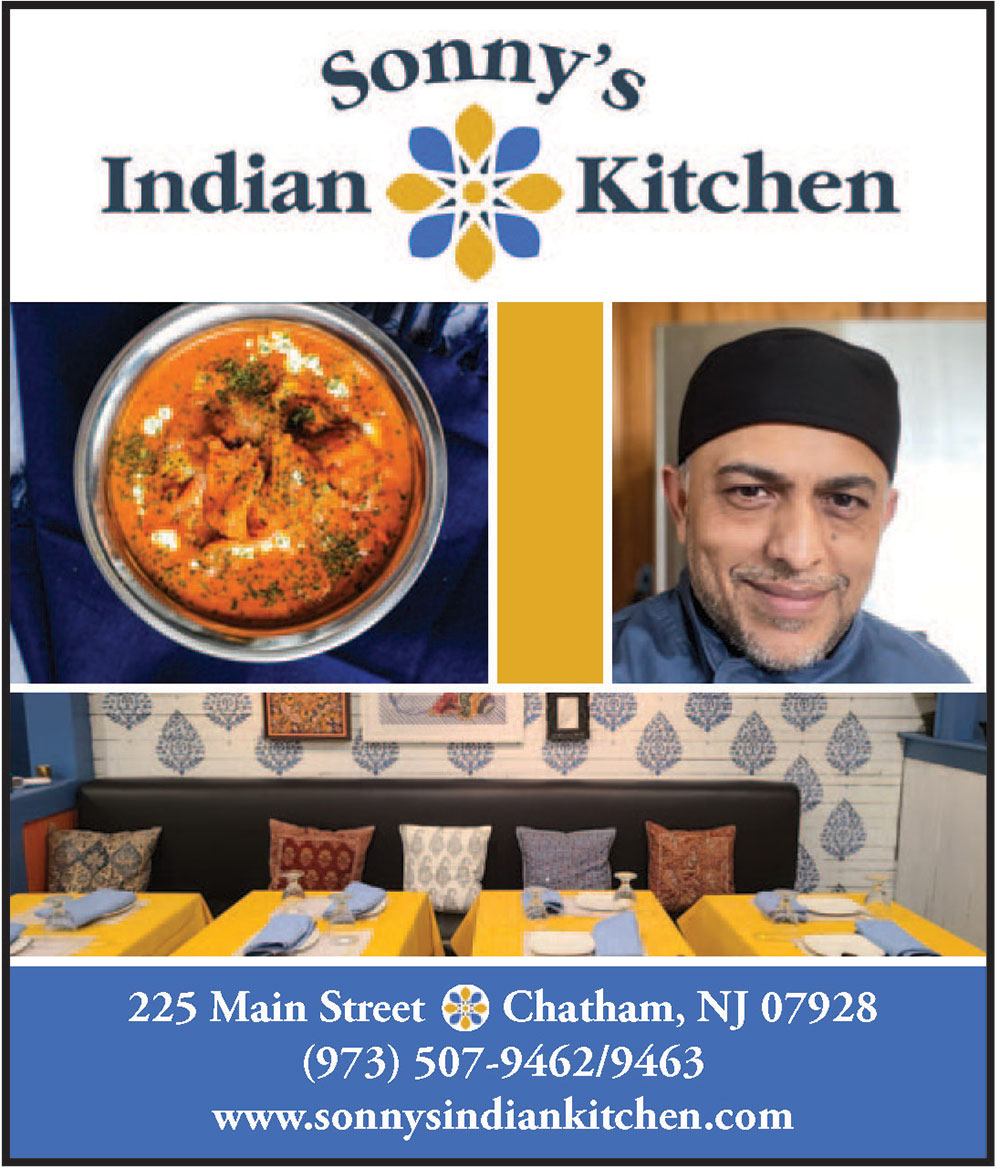
In 2018, when I started the Mamacita project, I had an expired green card. I received an official letter from the government stating I had two years to apply for citizenship or an extension. My path to citizenship was both unique and common. The immigration system is a labyrinth, and while many of us find ourselves in the same maze, finding our way out is a personal puzzle that we are often left to figure out on our own.
Applying for citizenship as a Mexican immigrant requires a level of privilege greater than most have access to or can afford. I didn’t make enough money, and my family didn’t either. I had to ask a family friend, Vicente, who then worked for Boeing, to be my sponsor—which was not a small request. Essentially, he signed a contract stating that he would be financially responsible for me if I lost my job or declared bankruptcy. If Vicente had been unable to aid me financially, then the government could have sued him. Thanks to Vicente, I was able to start the application process and become a U.S. citizen. He has since passed, but I will never forget his kindness and the generosity he extended to our family.

People who believe immigration is quick and uncomplicated haven’t gone through the system. It’s intimidating and confusing for everyone, especially those who have to go through it. It’s almost impossible to start without being financially stable. Often, people assume we aren’t paying taxes. Even if we don’t have status, we still pay taxes. The process of obtaining status can take a very long time—ultimately, it took me 15 years. Immigration laws frequently change, adding higher costs and increased complexity.
Indeed, in June 2020, I was confronted by the reality of deportation, and I’ve never been more scared. In a panic, I called my immigration lawyer—a privilege not everyone has— and discovered I had to start the application process all over again. Ten years of previous immigration paperwork no longer applied to my case! When that happens, you have no choice but to start over. For the record, there are no refunds for the applications that no longer apply. Ten thousand dollars later, I found myself on a new path toward the same goal.
Uprooting my life taught me that the only thing we can expect is everything we didn’t plan to happen. Months after the initial call to my lawyer, I sat at the office of the United States Citizenship and Immigration Services (USCIS), waiting to see whether I had passed the test. After spending two hours answering a series of life-altering questions, I did it. I achieved my parents’ dream, my dream—the American dream. With a certificate in one hand and a dollar-store American flag gripped in the other, I could finally call myself a citizen of the United States.
I know it sounds dramatic, but cooking saved my life. Making these dishes helped me crawl out of a dark place of hiding and provided a space where I could finally show up as my whole self. By immortalizing the recipes that I grew up eating as a kid in Mexico, I reconnected with the part of myself I never meant to forget. My mother, like my grandmother, has yet to use a measuring spoon. Instead, she is guided by the palms of her hands, knowing by heart how much to add. I have written these recipes down, added measurements, and simplified the process so you can make my family’s recipes on your own or invite the people you love to share a meal together.
There is no greater pleasure than serving food to the people you love and seeing the delight on their faces when they taste something made just for them. When you make these recipes, I hope you feel more connected to the immigrant communities around you. I want us to keep striving to show up, help other immigrants to speak up, and listen to each other’s stories. Most of all, I hope my story reminds you to trust yourself. Wherever you are now, who you are meant to be is entirely up to you.

All photos courtesy of Andrea Pons and Princeton Architectural Press
Salsa Verde
Green Salsa | Makes about 3 cups
Growing up, we had various types of salsas in the fridge at all times. But there were two that never ran out: salsa verde and salsa roja. My mama would make a fresh batch every weekend for the week ahead. This salsa verde is incredibly versatile and can be used in many dishes; my favorite ones are chilaquiles verdes and pozole verde. You can additionally top a quesadilla with this salsa, mix it into your guacamole for a spicy dip, or simply eat it with tortilla chips. The options are limitless.
9 ounces tomatillos (about 6), divided
1 tablespoon avocado oil
1/2 cup chopped white onion
2 fresh jalapeno peppers, seeded
1 canned jalapeno pepper
1 tablespoon fresh lime juice
1/2 cup chopped cilantro leaves
1 teaspoon sea salt
Peel off the tomatillos’ paper husks and rinse under cold running water. In a large saucepan, combine half of the tomatillos and enough water to cover them and bring to a boil over high heat. Reduce the heat to medium-high and cook for 3 minutes to soften the tomatillos. Remove the tomatillos with a slotted spoon and reserve ¼ cup of the cooking liquid. Meanwhile, heat the oil over high heat. Sear the remaining tomatillos, flipping once, until brown, 1 to 2 minutes on each side. Remove from the heat. In a blender, add all of the tomatillos and the reserved ¼ cup of liquid. Blend until smooth. To the blender, add the chopped white onion, all of the jalapenos, the lime juice, cilantro, and salt. Blend until combined. Be careful not to liquify the salsa; it should be smooth with some texture. Taste and adjust the salt or lime juice as needed. Transfer the salsa to a sealed container and refrigerate.

All photos courtesy of Andrea Pons and Princeton Architectural Press
Carne en Salsa Verde
con Papas
Pork in Green Sauce with Potatoes | Serves 4 to 6
El Dia del Padre in my household is always celebrated with a big plate of this Carne en Salsa Verde con Papas. My dad rarely likes to enchilarse (purposely eat spicy food to feel a burn), so he has always loved when my mama cooks dishes like this, which have all the flavor but very mild spiciness. I grew up to really love this dish, specially rolled up in a tortilla with a little bit of crema to make the salsa creamier. The green color comes from the tomatillos, but unlike their name suggests, tomatillos are not “little tomatoes,” or tomatoes at all, for that matter. Think of them rather as a cousin of the tomato. While tomatillos can turn yellow, red, or even purple with full maturity, they are only eaten unripe in Mexican dishes. When shopping for tomatillos look for ones that have dry and papery husks, avoiding those that feel moist, look shriveled, or feel damp. If buying tomatillos ahead of time, store them in a cool dry place and never place them inside the fridge.
1 pound boneless pork loin, cut into 1-inch cubes
Sea salt and ground black pepper
1/2 teaspoon garlic powder
1 tablespoon olive oil
2 cups husked, rinsed, and halved tomatillos
¼ medium white onion
1 garlic clove, minced
2 jalapeno peppers, seeded
2 tablespoons chicken bouillon powder
2 cups halved baby potatoes
Cooked rice for serving
Warm tortillas for serving
Season the pork loin with salt, pepper, and garlic powder. In a deep, medium skillet, heat the oil over medium heat. Sear the pork, flipping, until browned, 2 to 3 minutes on each side. Do not cook the pork all the way through. Remove the pork from the pan and set aside. In a blender, combine the tomatillos, onion, garlic, jalapenos, chicken bouillon powder, and 4 cups of cold water. Blend well. In the same skillet, add the sauce, bring to a simmer over medium heat for 2 minutes. Add the pork and baby potatoes and bring to a boil over medium-high heat. Reduce the heat to low, cover, and simmer until the potatoes are soft, about 30 minutes. Serve with a side of rice and warm tortillas.

All photos courtesy of Andrea Pons and Princeton Architectural Press
Crema de Elote
Cream of Corn Soup | Serves 4 to 6
This creamy corn soup comes together in less than an hour, and it’s sure to be a crowd pleaser. If dairy is not your thing, I recommend using ghee for butter and cashew milk as an alternative. While most milk alternatives will work, cashew has the closest consistency and taste to dairy milk. If choosing alternative milk, stay away from coconut milk as the taste of coconut will be too strong for the soup and will overpower the true star of the dish, corn.
6 cups whole milk, divided
2 large ears corn, shucked
2 teaspoons chicken bouillon powder
4 tablespoons unsalted butter
Sea salt
2 poblano peppers, roasted, peeled, seeded, and sliced into “rajas” (strips)
Queso panela, cubed
In a large soup pot, bring 5 cups of the milk to a simmer over medium-low heat. Continue simmering for 5 minutes. Using a sharp knife, cut the corn kernels off the cobs. In a blender, combine half of the corn kernels and the remaining 1 cup of milk and blend until smooth. Using a strainer, strain the corn mixture into the soup pot. Mix well. Add the remaining corn kernels, the chicken bouillon powder, and the butter. Simmer over medium-low heat for about 10 minutes. Do not overcook as the corn will make the soup too sweet. Season with salt. Serve hot, topped with the rajas and queso panela.
Albondigas en Chipotle
Meatballs in Chipotle Sauce | Serves 4 to 6
In Mexico, work hours are different than in the United States. Instead of working nine-to-five with a 30-minute or hour lunch break, Mexico—a country that revolves around the next meal—has a scheduled block of two hours around three o’clock in the afternoon when people go home for comida (a midday meal that is spent with family, and the equivalent of dinner), then head back to work for another few hours before returning home around eight o’clock in the evening. This was my papa’s schedule when I was a kid. On special nights, he would return home to surprise my sister and me with a rented VHS tape. I remember the night he brought home Lady and the Tramp. Not only did my sister Vanessa and I both love this movie, but it was also the first time we ever saw meatballs served with spaghetti instead of rice. Traditionally albondigas are served in soup, but my mama preferred to serve them dry over rice or potatoes, topped with salsa. Eating albondigas takes me back to a simpler time, sitting on the floor with Vanessa, watching two dogs kiss over a plate of meatballs and stringy noodles.
For the Meatballs…
¼ cup all-purpose flour, plus more as needed
1/2 pound ground beef
1/2 pound ground pork
2 tablespoons finely chopped onion
1 garlic clove, minced
2 teaspoons finely chopped parsley leaves
2 teaspoons panko bread crumbs
1/2 teaspoon sea salt
¼ teaspoon ground black pepper
2 large eggs
¼ cup plus 2 tablespoons avocado oil
For the Salsa…
5 dried chipotle peppers, seeded
3 large tomatoes, halved
2 tablespoons finely chopped white onion
1 garlic clove, minced
1 tablespoon tomato puree
2 tablespoons avocado oil
Sea salt
Cooked rice for serving (optional)
Mashed potatoes for serving (optional)
Making the Meatballs…
Place the flour in a shallow bowl. In a large bowl, combine the remaining meatball ingredients, except the oil and mix, with your hands. Make chestnut-sized one-inch balls out of the meat mixture. Roll the meatballs in the flour and set aside. In a deep skillet, heat the 6 tablespoons of oil over medium-high heat. Briefly sear the meatballs until they turn golden brown. Set aside. Making the Salsa…
In a dry skillet over medium heat, lightly roast the chipotle peppers. Transfer to a soup pot, add 2 cups of water, and bring to a boil. Cook the peppers until they soften, 5 to 7 minutes. Drain the peppers, reserving 1 cup of the cooking liquid. Set aside. In a blender, combine the softened peppers, the reserved 1 cup of cooking liquid, the tomatoes, onion, garlic, and tomato puree. Blend until smooth. In a stockpot, heat the 2 tablespoons of oil over medium heat. Add the blended sauce and fry for 3 to 5 minutes. Add the meatballs and 1 1/2 cups of cold water. Bring to a boil for 1 minute, then cover with a lid and simmer over medium-low heat for 15 minutes. Season with salt. Serve with rice or mashed potatoes.

All photos courtesy of Andrea Pons and Princeton Architectural Press
Cebiche
Serves 4 to 6
Ceviche or cebiche? The spelling depends on the zone of Mexico in which you are eating this dish. Because I grew up knowing it as cebiche, I decided to keep this spelling instead of ceviche, which is more commonly known in the United States. Like the variation in spelling, this dish has many modifications of ingredients depending on the region and who is making it. A lot of my mama’s recipes have a strong Spanish influence, which you can see in the addition of olives to many of her recipes, including this one. I like cutting my fish into cubes instead of strips. The cubes must be bite-sized—not too small and not too big—as traditionally, cebiche is served in a bowl and scooped up with tortilla chips to eat.
1/2 pound fresh halibut fillet (or swordfish)
1 lime, juiced
1 teaspoon sea salt
4 medium tomatoes
1/2 medium white onion, chopped
1 garlic clove, minced
1 bunch cilantro leaves, chopped
10 green olives, pitted and halved
2 large jalapeno peppers, seeded and coarsely chopped
1 medium Hass avocado, cubed
¼ cup olive oil
2 teaspoons white wine vinegar

All photos courtesy of Andrea Pons and Princeton Architectural Press
Rinse the halibut under cold running water and pat dry. Chop into 1/2-inch cubes. In a salad bowl, bathe the halibut in the lime juice, tossing so it doesn’t “cook” unevenly. Season with salt and cover the bowl with plastic wrap. Place the bowl in the fridge for 1 hour. In a medium saucepan, combine the tomatoes and enough water to cover them. Bring to a boil over medium-high heat and cook until the skins begin to split, about 1 minute. Drain and rinse the tomatoes under cold running water. Remove the skins with a paper towel. Chop the tomatoes into small cubes and set aside. Remove the halibut from the fridge, add the tomatoes, then add the onion, garlic, cilantro, olives, peppers, avocado, olive oil, and vinegar. Mix gently. Taste and season with salt as needed. Serve with crackers or tortilla chips.
Editor’s Note:
Andrea Pons is a senior production manager, food stylist, and author based in Seattle, Washington. A new, expanded edition of Mamacita: Recipes Celebrating Life as a Mexican Immigrant in America (Princeton Architectural Press • $29.95 at papress.com) was released in 2022.




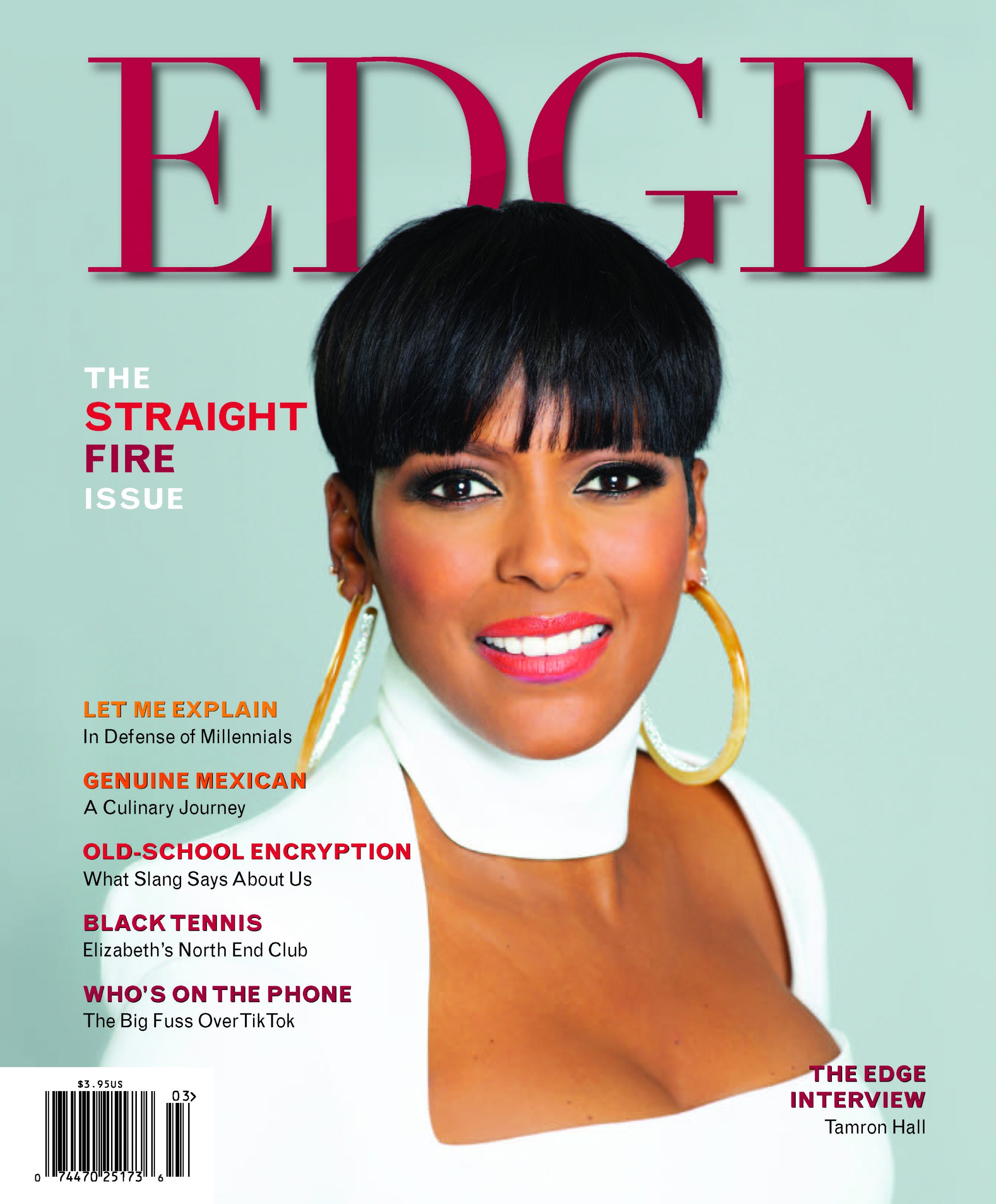
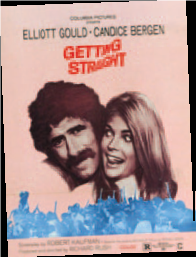


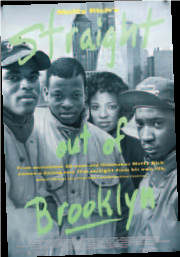
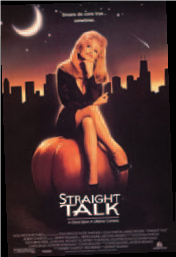
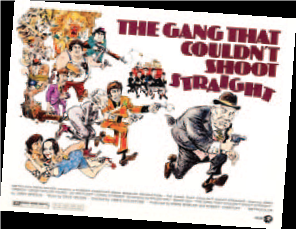
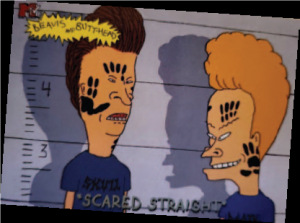
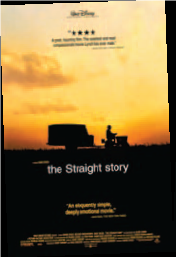

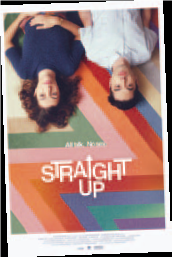






 Editor’s Note:
Editor’s Note: 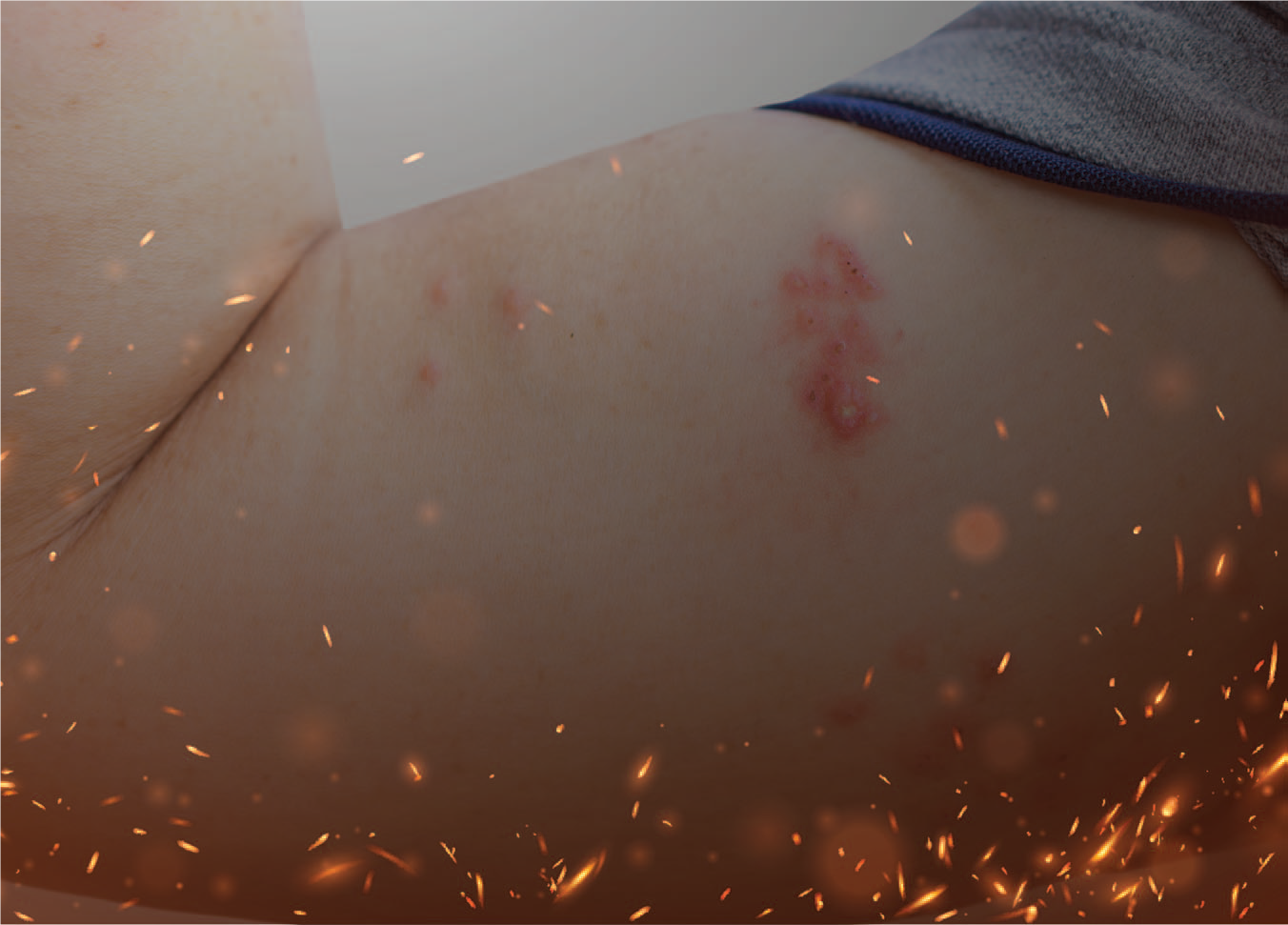
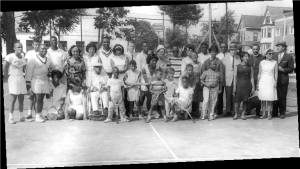
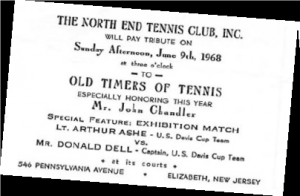

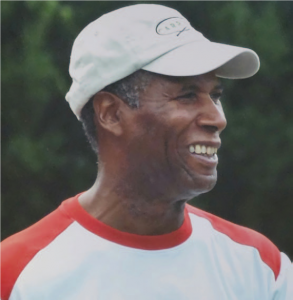 EDGE: What kind of friendships did you forge at the club?
EDGE: What kind of friendships did you forge at the club? EDGE: At the other end of Union County was Shady Rest. In what ways did that differ from the North End Tennis Club?
EDGE: At the other end of Union County was Shady Rest. In what ways did that differ from the North End Tennis Club?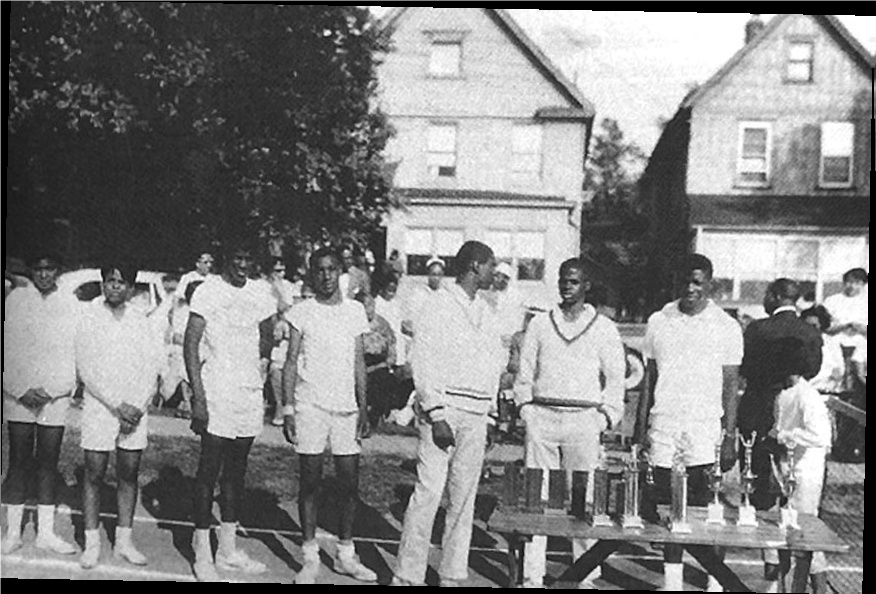 EDGE: What is it that made him special as a tennis coach?
EDGE: What is it that made him special as a tennis coach?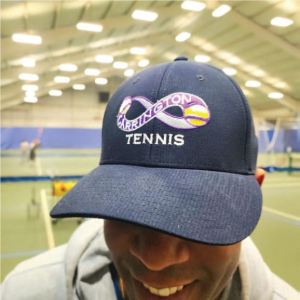 AC: [Laughs] I can imagine that. That’s what I’m saying, because when you don’t have a real tennis background, you just pound them fundamentals, I guess. Actually, Sydney did have tennis in his background from Jamaica.
AC: [Laughs] I can imagine that. That’s what I’m saying, because when you don’t have a real tennis background, you just pound them fundamentals, I guess. Actually, Sydney did have tennis in his background from Jamaica.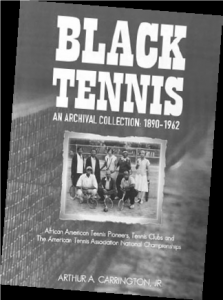 Editor’s Note: Art Carrington was the national singles champion among historically black colleges and universities three times in the 1960s and was the second African-American player after Arthur Ashe to compete in the US Open. In 1972, he played in the ATA singles final, which was the first-ever televised match between black players. In 1973, he was crowned ATA champion. Art says that keeping the history of places like North End alive is “a way of making my own black life matter.” Signed copies of his book Black Tennis can be ordered through The Carrington Tennis Academy, which operates in Amherst and Northampton, MA, at (413) 977-1967.
Editor’s Note: Art Carrington was the national singles champion among historically black colleges and universities three times in the 1960s and was the second African-American player after Arthur Ashe to compete in the US Open. In 1972, he played in the ATA singles final, which was the first-ever televised match between black players. In 1973, he was crowned ATA champion. Art says that keeping the history of places like North End alive is “a way of making my own black life matter.” Signed copies of his book Black Tennis can be ordered through The Carrington Tennis Academy, which operates in Amherst and Northampton, MA, at (413) 977-1967.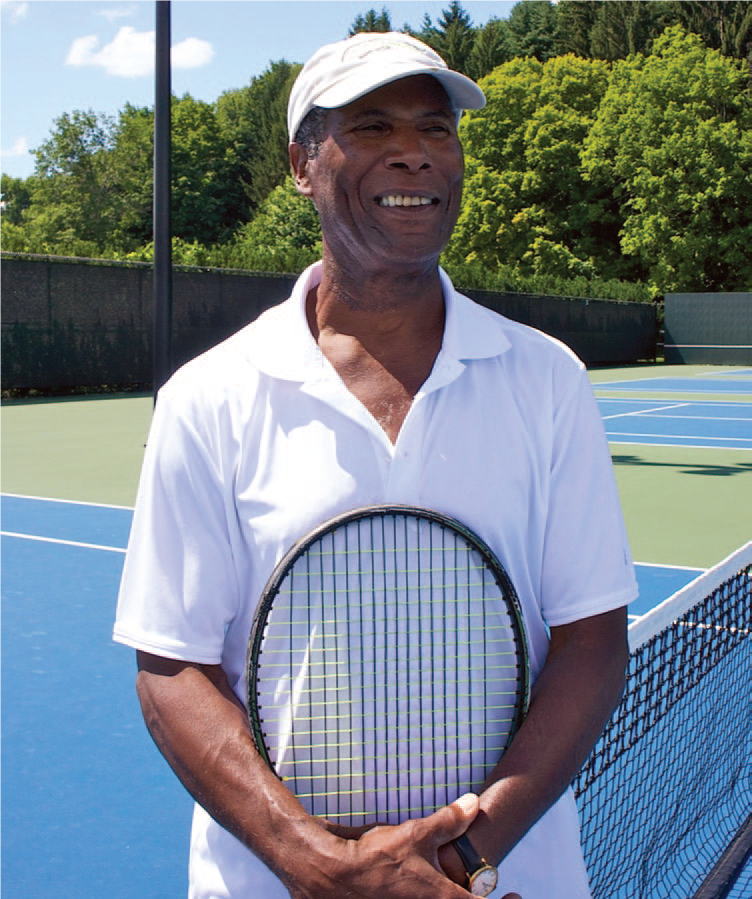
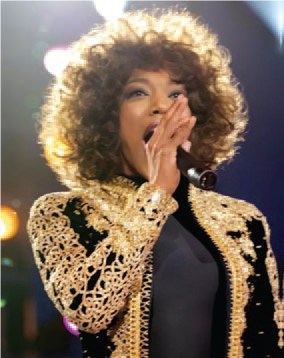








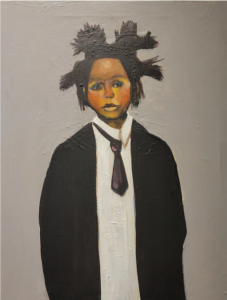

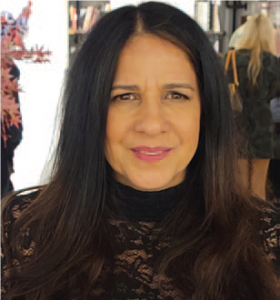








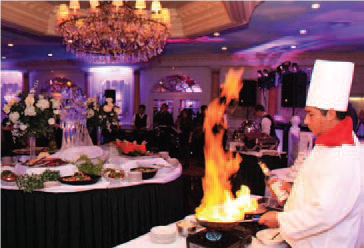

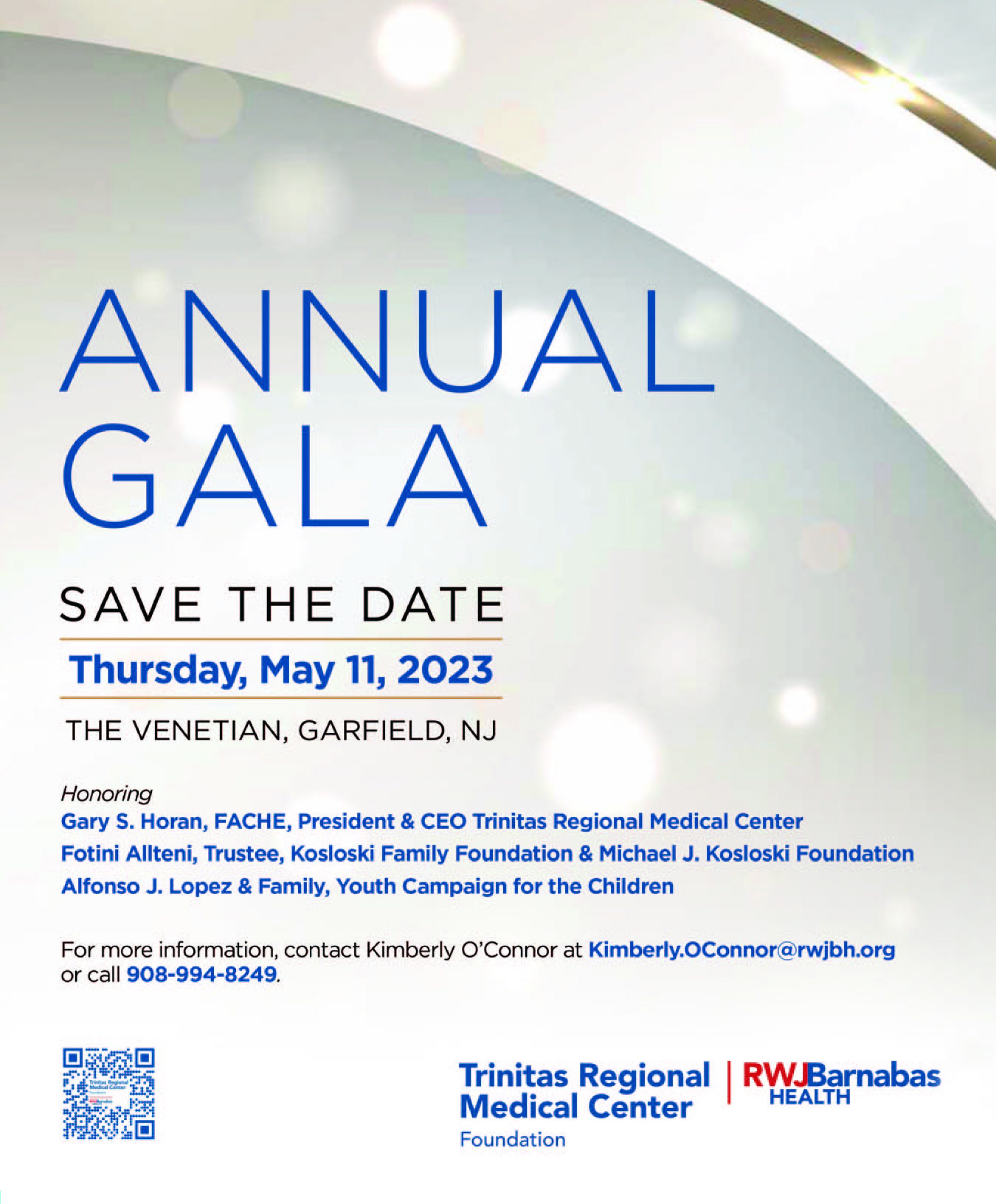





















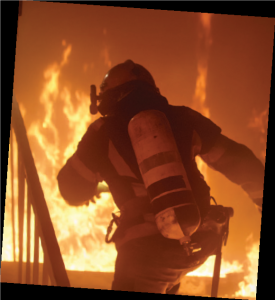












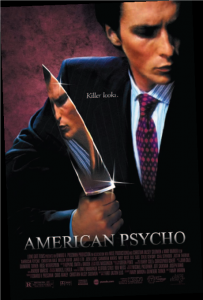












 I think of myself as an adventurous person and I have done more traveling than most—to Southeast Asia twice, several countries in Europe, and Mexico several times. I am comfortable interacting with people and respectful of their cultures. I had never been to Africa, however, and was not familiar with Tanzania before I arrived. I was unsure what to expect, although I knew that the hospital where I would be working was not going to be comparable to anything we have here in the United States.
I think of myself as an adventurous person and I have done more traveling than most—to Southeast Asia twice, several countries in Europe, and Mexico several times. I am comfortable interacting with people and respectful of their cultures. I had never been to Africa, however, and was not familiar with Tanzania before I arrived. I was unsure what to expect, although I knew that the hospital where I would be working was not going to be comparable to anything we have here in the United States.

 The first time I was in the delivery room at Trinitas, I really felt like I was part of a team. It all seemed very natural to me. The baby was born after a long, 24-hour labor. It was striking how much work the mother did, how exhausted she was, and how miserable she was while going through the most physically difficult thing she’ll probably do in her life—and then seeing that “switch” when she was holding her baby for the first time and how all that suddenly didn’t matter. She was happy and glowing and crying. And I was crying.
The first time I was in the delivery room at Trinitas, I really felt like I was part of a team. It all seemed very natural to me. The baby was born after a long, 24-hour labor. It was striking how much work the mother did, how exhausted she was, and how miserable she was while going through the most physically difficult thing she’ll probably do in her life—and then seeing that “switch” when she was holding her baby for the first time and how all that suddenly didn’t matter. She was happy and glowing and crying. And I was crying. Along with the learning opportunity came certain challenges for which it turned out I was unprepared. Resources we take for granted here are scarce to non-existent. For example, we had one fetal heartrate monitor for the whole floor, no IV pumps, and there were no individual rooms for the patients. Each area was divided into bays by plastic curtains. In each bay was a bed, a stool and an empty nightstand. Patients brought their own supplies to the hospitals—including sheets, pillows and drinking water. The only thing provided was a basic Foley catheter. The different wards in the hospital were connected by outdoor walkways. There were few if any doors separating inside from outside, including in the surgical ward.
Along with the learning opportunity came certain challenges for which it turned out I was unprepared. Resources we take for granted here are scarce to non-existent. For example, we had one fetal heartrate monitor for the whole floor, no IV pumps, and there were no individual rooms for the patients. Each area was divided into bays by plastic curtains. In each bay was a bed, a stool and an empty nightstand. Patients brought their own supplies to the hospitals—including sheets, pillows and drinking water. The only thing provided was a basic Foley catheter. The different wards in the hospital were connected by outdoor walkways. There were few if any doors separating inside from outside, including in the surgical ward. In Tanzania, I gained tremendous confidence being put in situations that I had only learned about in a lecture. During my time at Muhimbili University National Hospital, I was able to apply absolutely everything I learned at the Trinitas School of Nursing to my patients in Tanzania—and I know that everything I learned in Dar es Salaam I will bring into my future nursing practice.
In Tanzania, I gained tremendous confidence being put in situations that I had only learned about in a lecture. During my time at Muhimbili University National Hospital, I was able to apply absolutely everything I learned at the Trinitas School of Nursing to my patients in Tanzania—and I know that everything I learned in Dar es Salaam I will bring into my future nursing practice. Editor’s Note: Alexandra Redmond will be taking her boards early this year and hopes to be working in a neonatal intensive care unit (NICU) in 2023.
Editor’s Note: Alexandra Redmond will be taking her boards early this year and hopes to be working in a neonatal intensive care unit (NICU) in 2023.

